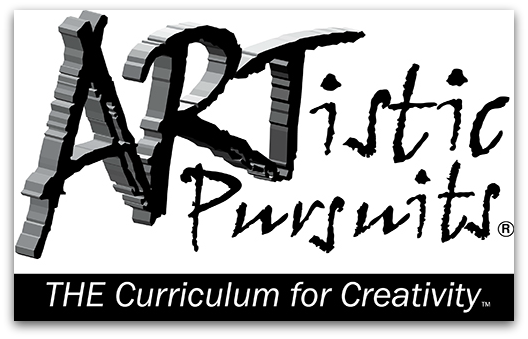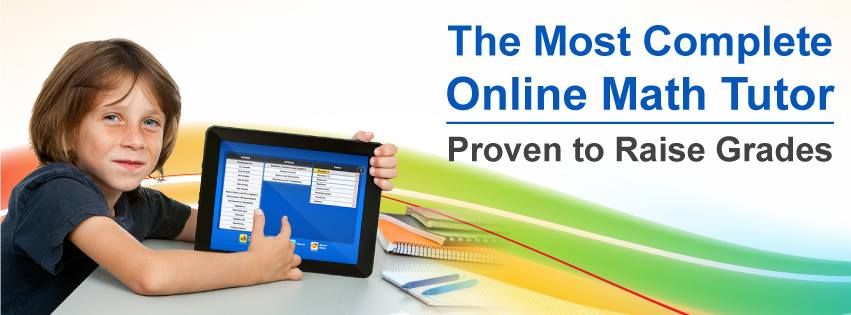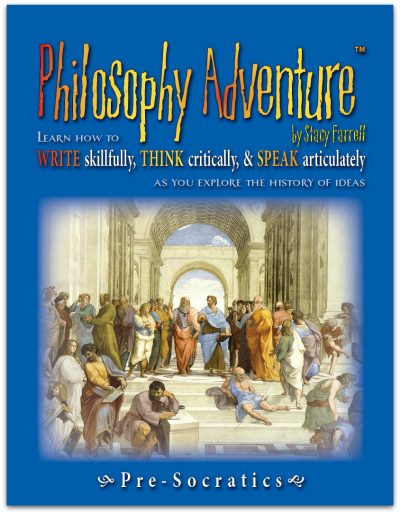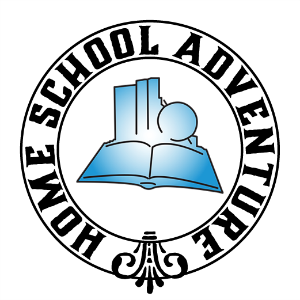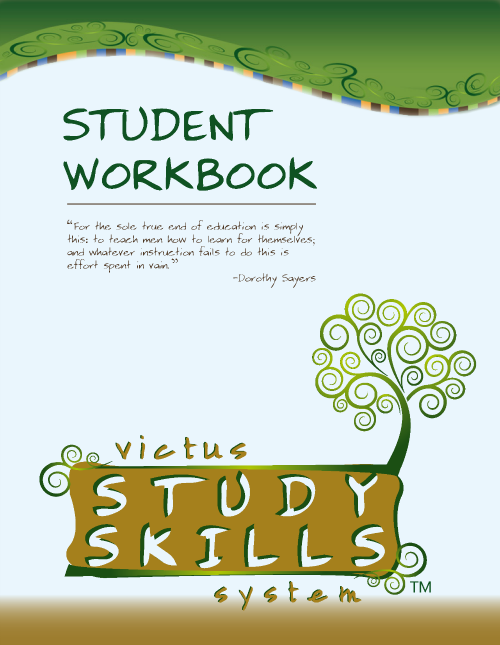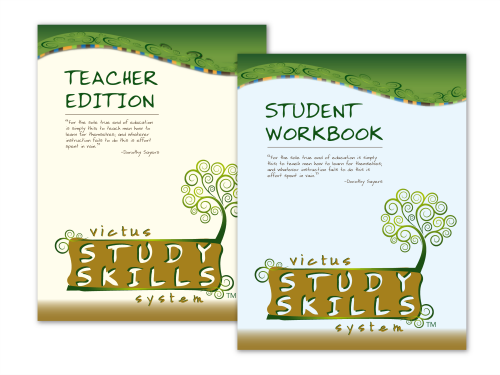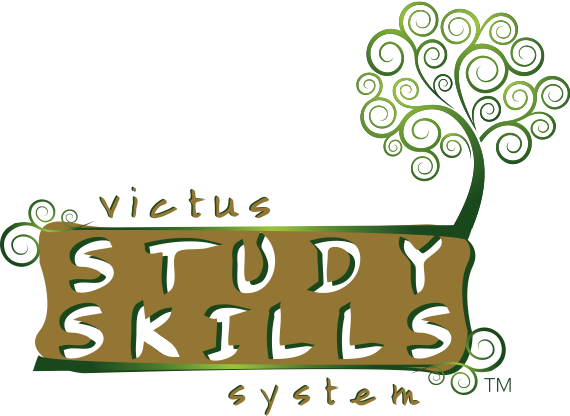This book is priced at $47.95. While this particular book is for grades 4-5, ARTistic Pursuits has books available for preschool through high school. What caught my attention is that the book is written to the student. All I had to do was gather the supplies and tell Jacob to have at it. It is suggested that you schedule an hour twice a week for your student to complete the lessons.

To use Elementary 4-5, Book 2: Color and Composition, you will need:
- Watercolor pencils (set of 12)
- #8 watercolor brush round
- watercolor paper pad
- sketch pad
- vinyl eraser
- metal handheld pencil sharpener
- Prismacolor colored pencils (set of 12, optional)
- can or jar for water container
- masking tape
- paper towels
- tracing paper

- The first lesson of each unit focuses on "Building a Visual Vocabulary". The topic of the unit is explained to the student, and they are given a creative exercise to do.
- The second lesson of each unit focuses on "Art Appreciation and Art History". In these lessons, the student is exposed to great works of art that use the topic they are focusing on in the unit. They then apply what they've learned by creating another piece of artwork.
- The third lesson of each unit focuses on "Techniques". Much as you'd expect by the title, the student learns different art techniques and uses them to create more orignal artwork.
- The fourth lesson of each unit focuses on "Application". Here the student completes a final project using what they've learned in the unit.
For example, the first unit is on the Color Wheel:
- In the first lesson, your student is introduced to and shown the color wheel. They are exposed to primary and secondary colors. The purpose of the assignment is to get your student to relax and observe, and they are instructed to watch an activity that allows their mind to wander. After a bit, they are told to pick up paper and pencils and to draw what they see.
- In the second lesson, the piece of art "The Oregon Trail", is printed in the book. There is a short biography of the artist, Albert Bierstadt, and a paragraph about the time period in which the work of art was created. The student is instructed to study the color in the art, and it's pointed out how the artist used different colors, such as gold, orange, and purple, to create the mountain, which we normally think of as brown. Their assignment is to sketch a landscape scene and color it with watercolor pencils, using a paintbrush to blend the colors.
- In the third lesson, the student is taught how to use watercolor pencils. The assignment for this lesson is to choose something, draw it with watercolor pencils, and use the technique they learned to add water with a brush to paint.
- The final project in the fourth lesson is to paint a landscape scene, paying attention to the colors and technique learned in the unit.
Other projects your student will complete throughout this book are: drawing a picture from a photograph, using a technique to layer colors to create brighter colors, studying an object (like an animal) from the front and back and then drawing both points of view, drawing a figure, keeping correct proportions, and using colored pencils to draw a picture using marks to show texture.
This book is full color, and all of the artwork and pictures and lessons are in color. It's easy for your student to figure out what their project for each lesson is, because all of the assignments are printed in blue.
As instructed, I gave the book to Jacob and told him to work through it. He really enjoyed using it, having art as an "Official School Subject", and learning how to use watercolor pencils to color in his artwork. When asked, he said "The book was fun, and it did a really great job of teaching me how to do stuff." I liked that it required none of my time, and since we've been studying American history this year, it was nice that the artwork featured throughout the book are from American artists.
Here's a sample of Jacob's work:



